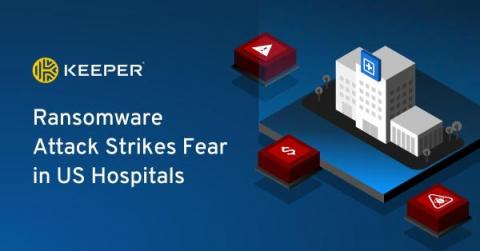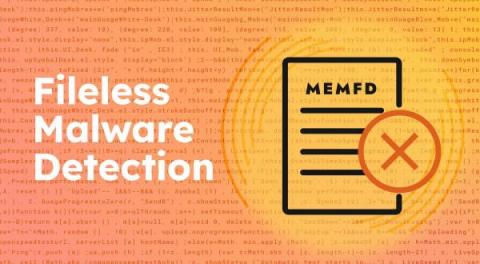Security | Threat Detection | Cyberattacks | DevSecOps | Compliance
Latest News
What Is Scareware?
Scareware is a type of social engineering cyberattack that uses psychological manipulation to trick victims into downloading malware disguised as antivirus software. Cybercriminals trick users with frightening, urgent messages in pop-ups or emails which claim their computer is infected. Continue reading to learn how scareware attacks work, how to avoid falling victim to them and how to remove scareware from your devices.
Healthcare Threat Landscape 2022-2023: Common TTPs Used by Top Ransomware Groups Targeting the Healthcare Sector
The healthcare sector has been under constant threat from cybercriminals due to the sensitive nature of patient data and the valuable information held by healthcare providers. This blog analyzes the ransomware landscape for the healthcare sector for the years 2022-2023. This report uses data compiled for the recently released Trustwave SpiderLabs research: Cybersecurity in the Healthcare Industry: Actionable Intelligence for an Active Threat Landscape report.
Conti and Akira: Chained Together
CTI Roundup: Ransomware Impersonates Cybersecurity Firm, Espionage Tactics Evolve in China
Ransomware impersonates Sophos, FIN8 group uses modified backdoor to deliver BlackCat ransomware, and Chinese espionage actors continue to evolve.
Ransomware Attacks Strike Fear in US Hospitals
On June 15, 2023, the residents of Spring Valley, IL woke up to the sobering news that St. Margareth’s Health hospital, one of only a few hospitals in the region, would be closing. The cause of the closure? A devastating cyberattack. After falling prey to cybercriminals, the hospital’s personnel were unable to submit claims to insurers, Medicare or Medicaid for months, which ultimately spelled its financial doom. The St. Margareth’s incident is not an outlier.
WormGPT: Cybercriminals' Latest AI Tool
Amadey Threat Analysis and Detections
Phony Browser Updates Deliver NetSupport Trojan Using Social Engineering Tactics
A new social engineering campaign tracked as “FakeSG” is distributing the NetSupport remote access Trojan (RAT) via phony browser updates, according to researchers at Malwarebytes. The campaign is similar but distinct from the widespread “SocGholish” campaign, which also uses fake browser updates to deliver NetSupport.
Fileless Malware Detection with Sysdig Secure
In today’s digital landscape, cyber threats continue to evolve at an alarming pace, with hackers constantly finding new ways to infiltrate systems and compromise sensitive data. One such sophisticated threat is fileless malware, a stealthy form of malicious software that operates entirely in the computer’s memory without leaving any trace on the hard drive.











